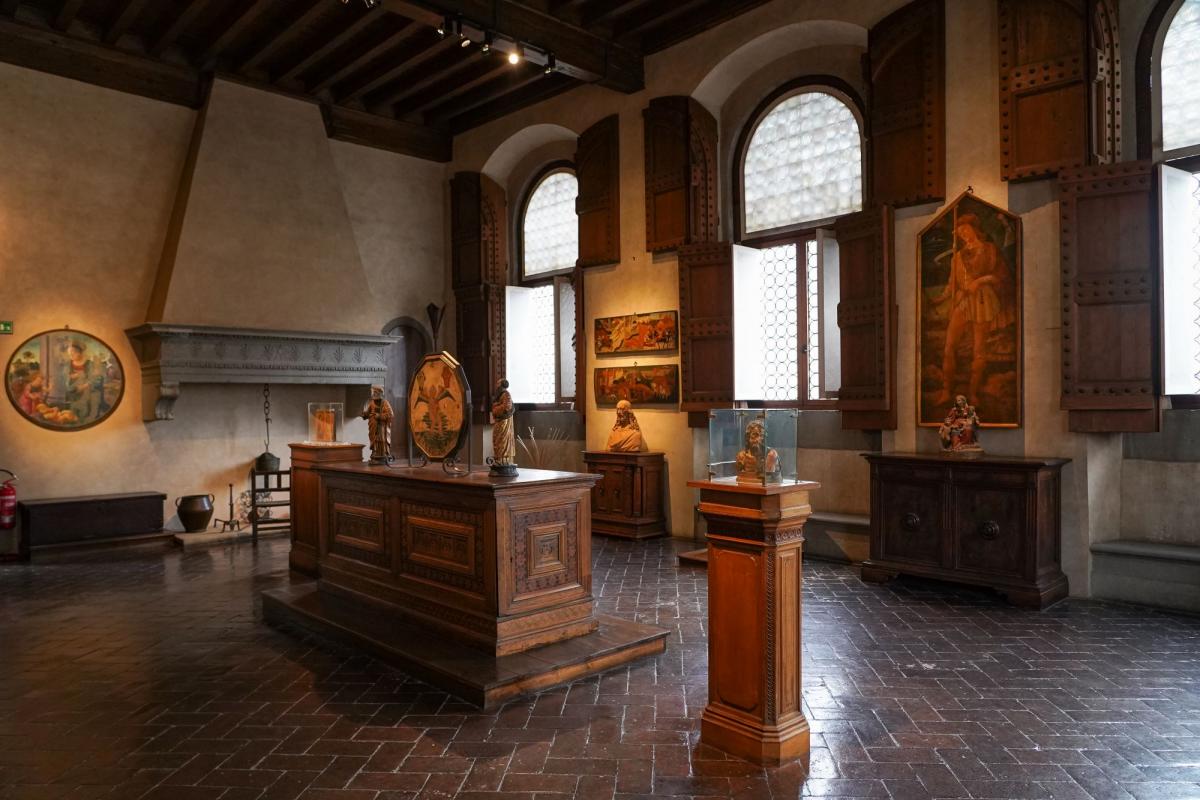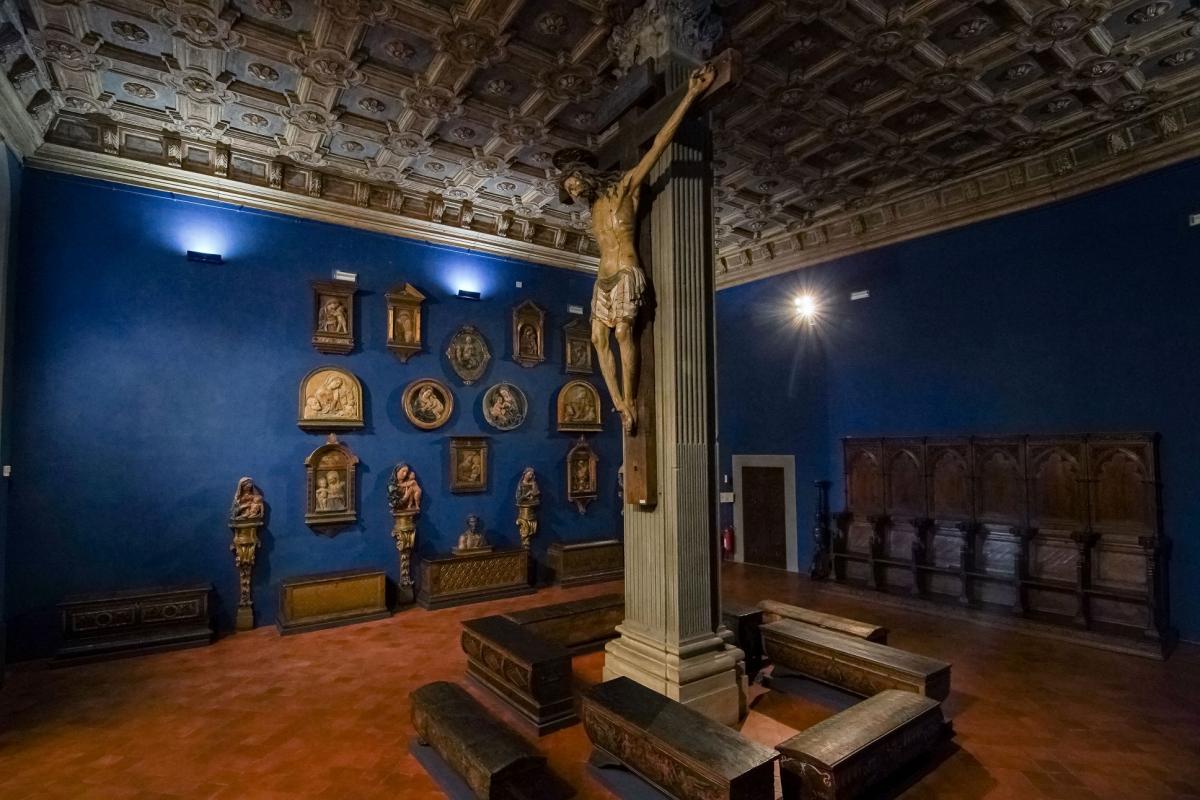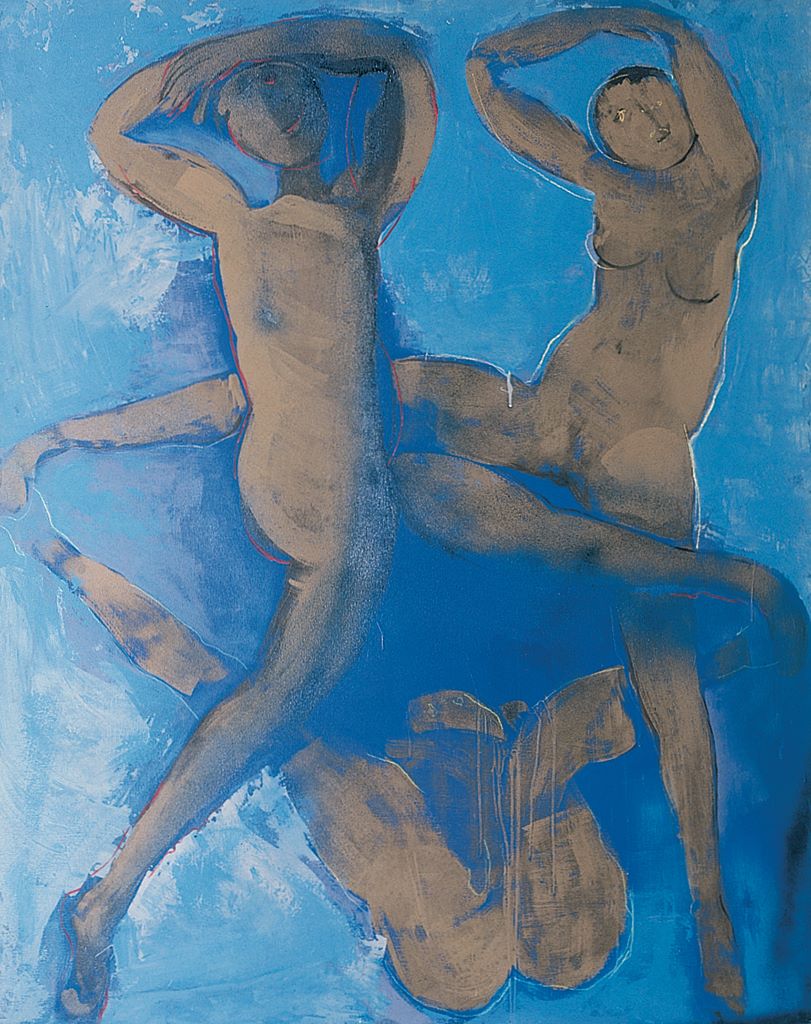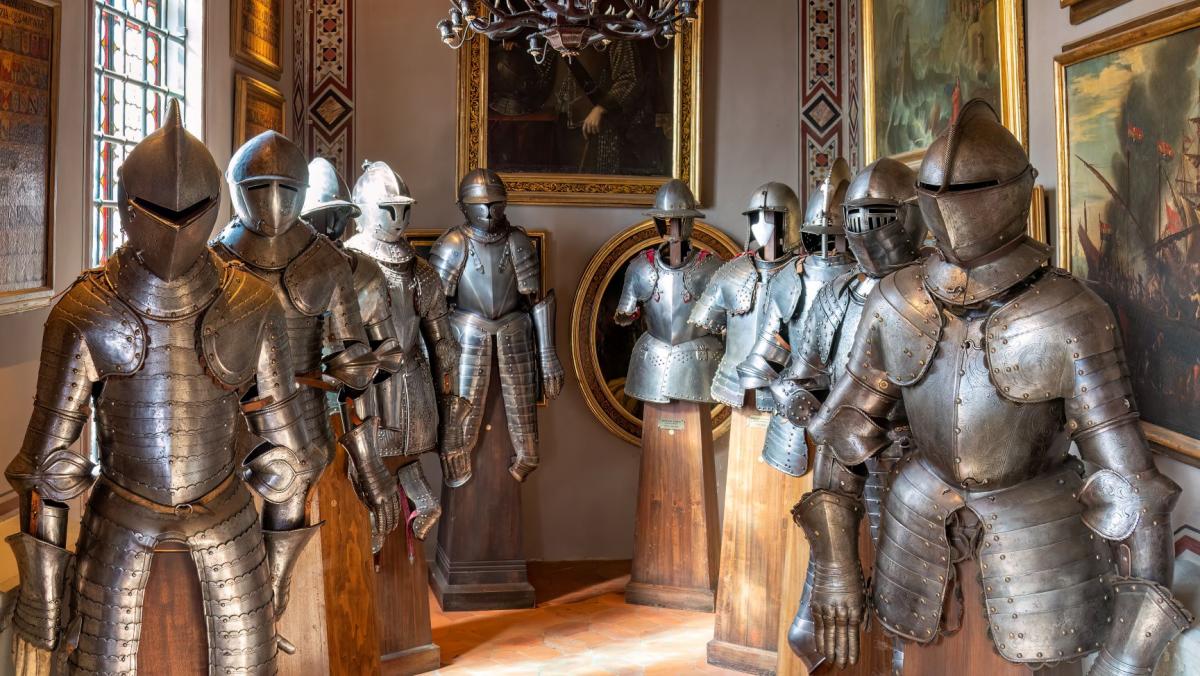5 museums off the beaten path
Mar, 07/15/2025 - 09:42
One of the advantages of Firenzecard is that with it, it’s easy to find and access some of the off the beaten track museums in Florence alongside your visit to the more “canonical” spots like the Uffizi. Use our handy app to find all the museums around you, or the list on the website, and you’ll likely find a few you’ve never heard of. Many of them are “house museums” that stem from private collections that were donated to the city of Florence. But don’t be fooled, these collectors owned some incredible art. Let’s take a look at five museums that you might want to visit as a nice break from the crowds.
Horne Museum

Herbert Percy Horne donated his collection to the Italian state upon his death in 1916 and now the Horne Museum provides visitors with a glimpse into his refined treasure chest of painting and sculpture. Like the other museums of 19th-century collectors in Florence (see Stefano Bardini Museum and Palazzo Davanzati), the museum is both an opportunity to experience a domestic-commercial space and one to explore works in many media. Horne was particularly talented at getting his hands on some very high quality works, such as a small painting of Saint Stephen by none other than Giotto. There are also some beautifully decorated “domestic” items such as painted cassoni, chests that were often given on occasion of a wedding. Stepping into the Horne museum is like stepping back in time; we highly recommend it.
Stefano Bardini Museum

The Stefano Bardini Museum - not to be confused with Villa Bardini which is further uphill - is not unlike the Horne Museum in some ways, as it too was a private collection, though not so much for personal enjoyment so much as for his antiquarian business. The palazzo in which the museum is housed was purchased by Bardini and renovated to be his “store” with a constantly evolving display which tends towards grouping works by type. He left it to the city of Florence in 1922. Bardini amassed a collection of what at the time were called “decorative arts,” such as cassoni or painted chests, spalliere or painted furniture, small Madonnas for devotional purposes, busts, and architectural elements from previous centuries of the city. His aesthetic sense of display was much admired, and in fact the museum’s characteristic blue walls were widely imitated in other countries.
Casa Buonarroti

Michelangelo’s last name was Buonarroti, so if you know this, you might guess what you’ll find at Casa Buonarroti. This is a small but rich collection whose greatest highlights are two small works by the young Michelangelo that never fail to amaze. The Madonna of the Steps and the Battle of the Centaurs were made when Michelangelo was from 15 to 17 years old. They use two different relief techniques and already show the immense talent that the artist would develop over his long life. The museum is situated in the house bought by Michelangelo Buonarroti the Younger who wished to exalt his family’s ancestry. He had the place decorated in the 17th century with scenes to this effect. The collection also includes the family’s collection of Antique sculptures and an important archive of original drawings and models by Michelangelo, which are displayed on rotation.
Marino Marini

The Marino Marini Museum mixes old (architecture) and new(er) painting. The collection is dedicated to a modern artist from Pistoia, Marino Marini (1901-1980), known especially for his large horse and knight-themed sculptures. These are situated within a de-consecrated church where modern interventions have rendered the large open space suitable for use as a museum. Given the proximity of the ex-church to the Rucellai family palace across the street, the museum path also includes the Cappella Rucellai (Rucellai Chapel), part of a phase in which the family requested the intervention of the architect Leon Battista Alberti (1457-67). In this space, you can visit the the sacellum of the Holy Sepulchre of Leon Battista Alberti, one of the “wonders” of Florentine Renaissance.
Stibbert Museum

Located in a hilly residential area walking or bus distance from the historical center, the Stibbert Museum was once the home of a rather eccentric collector, Frederick Stibbert (1838-1906), born in Florence of English origin. The collection includes an extensive and famous arms collection, as well as art and daily life objects of the European, Islamic, Far Eastern civilization, in particular Japan. A large park annexed to Stibbert’s home is decorated in a similarly eccentric style, with pavilions and a duck pond.
